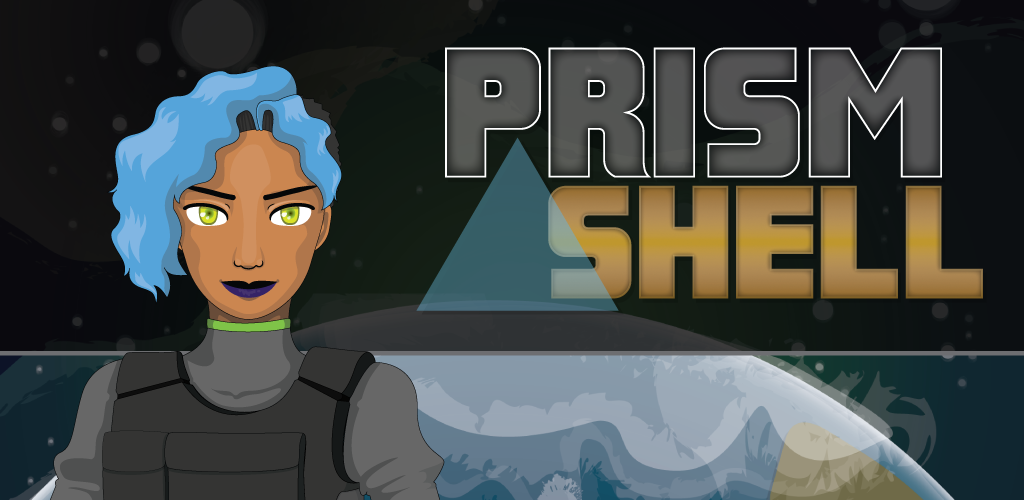
Catt Small is a product designer, game maker, and developer. In an interview with “Gaming on Tumblr”, she considered herself “a creative technologist”. She is “an artist who loves to learn and explore through the lens of code and other technology-centric resources.” She started coding around the age of 10 and designing at the age of 15, her career is spanning in more than 20 years. She has worked for companies of all sizes including Etsy, SoundCloud, and Nasdaq. She graduated from SVA with a BFA in Graphic Design in 2011 and later received an MS in Integrated Digital Media from the NYU Tandon School of Engineering in 2016. She was a member of Rosenfeld Media’s editorial board from 2018–2019.
Catt’s design philosophy is to increase empathy and improve people’s lives through interactive media. Many of her projects focus on human experiences and tackle issues related to interpersonal relationships, self-expression, gender, and race. As an Asian designer, I feel compel to share her voice about Blackness and people of colors’ experiences in the industry.
In an interview about the video games’ problem, she shared her thoughts on the lack of Black representation in video games. When they appear at all, black video game characters are often reduced to outdated, embarrassing stereotypes. It’s commonly accepted that part of the reason is there simply aren’t enough black people making video games. Black video game characters rarely have any appearance but when they appear, they often tie to stereotypes. We commonly accepted that as there simply aren’t enough black people making video games. While it’s true that many Black people were encouraged to go into fields that promise a more stable future, the problem is more complex. It’s quite difficult to encourage people to make Black characters, especially if they’ve internalized whiteness as the norm. When she was young, Cat heavily gravitated toward Black characters in other forms of media, but she was soon to realize how they often fail to portray the Black community. Many people seem to think of blackness as a static thing. When designing Black characters, game makers should consume actual black culture – literature, documentaries, and movies created from our perspectives. Our identity is complex and deserves more than the generic portrayals commonly shown in the media.

In the game Prism Shell which she created in June 2015, she wants to quietly subvert Black stereotypes by featuring a confident, smart Black woman. On the intro screen, she looks straight at the player, forcing them to engage with her humanity. She is also making a game that features a college-age Black woman navigating the worlds of race, gender, art, and tech. I was so touched when she was talking about her goal “I hope to be contributing to a movement in games that portrays Black people as more than just city workers, murderers, and gang-bangers – we are not trash to be disposed of nor comedic relief, but rather a people with centuries of history and culture that survived despite many attempts to destroy them?”
I think people need to understand there is no one way of portraying Blackness. Blackness is diverse and multi-faceted. Black people don’t speak or act in a single way, yet game makers still dependent on tropes to make characters recognizable. Since then, Catt Small has continued to reach marginalized communities in tech through her works.
Bibliograpgy
“About.” The Catt Suite, cattsmall.com/about/.
“Video Games’ Blackness Problem.” Kotaku, 19 Feb. 2015, kotaku.com/video-games-blackness-problem-1686694082.
Gaming. “Women’s History Month Spotlight: Catt Small.” Gaming on Tumblr, 20 Mar. 2019, gaming.tumblr.com/post/183572396432/womens-history-month-spotlight-catt-small-oh.
